NYC's paramedics and EMTs 'continually short-staffed' as emergency call response times grow longer
Sept. 23, 2022, 5 a.m.
EMS union leaders say turnover within the agency, due to a combination of stress and inadequate pay, contributes to a loss of expertise and periodic understaffing.
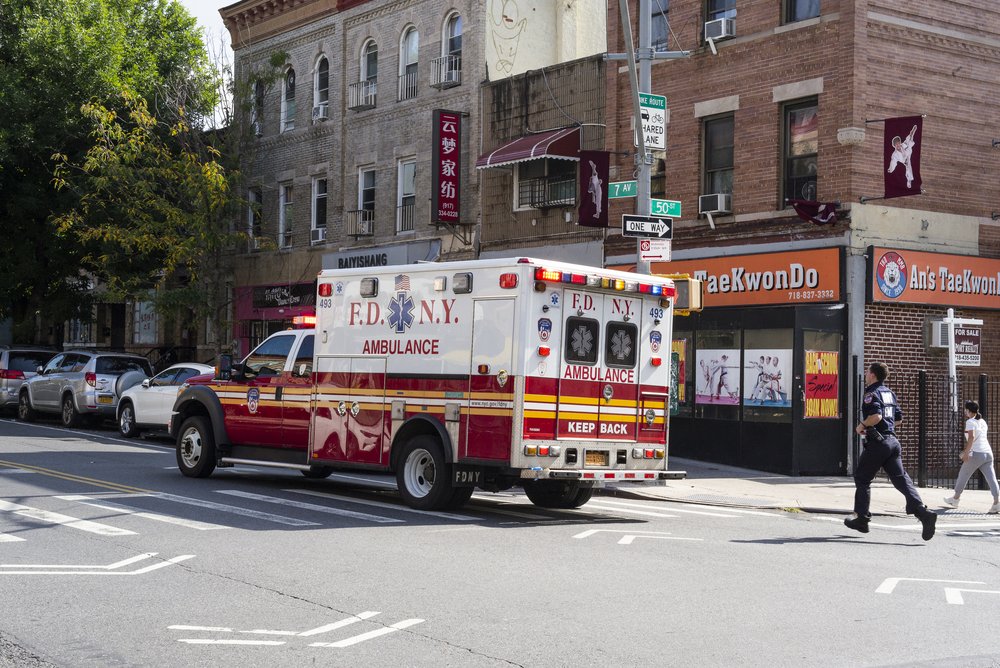
The COVID-19 pandemic made it clear just how crucial New York City’s emergency medical services are.
But maintaining that workforce can be a challenge — particularly since EMS workers, who operate as a branch of the FDNY, are still fighting for pay and benefits that are on par with those of firefighters and other uniformed city workers. They received a pay bump last year. But after five years on the job, a firefighter still earns about $25,000 more than an EMT and nearly $10,000 more than a paramedic.
Some EMS workers say they often balance overtime with second or third jobs to make ends meet. The EMS unions’ current contract with the city expired in June, so fresh negotiations could get underway soon — and union leaders say help can’t come soon enough.
When Matthew Kelleher joined the FDNY as an emergency medical technician in 2014, he found the job exciting.
“Every day was different,” Kelleher said.
After a few years, he trained to be promoted to paramedic, expanding the range of medical care he could provide when his ambulance arrived on the scene. He expected to remain with the FDNY until he retired.
Kelleher said he felt burnt out and undervalued by the time he quit last year — after working essentially nonstop through the height of the COVID-19 pandemic and then suffering a shoulder injury on the job that landed him on desk duty in September 2020. He recently spoke to Gothamist from the Philippines, where he moved with his wife and young daughter.
I'm turning around, and I'm paying the babysitter more than I'm bringing home.
Matthew Kelleher, former FDNY emergency medical technician
“We couldn't get ahead,” Kelleher said of his time working as a paramedic after his daughter was born. “I'm turning around, and I'm paying the babysitter more than I'm bringing home.”
EMS union leaders say turnover within the agency, due to a combination of stress and inadequate pay, contributes to a loss of expertise and periodic understaffing — which can lead to longer response times when New Yorkers dial 911. And in the last fiscal year, ambulance response times to life-threatening medical emergencies were up 53 seconds compared to the previous year.
Paramedics like Kelleher, who can administer more complex care such as IVs and medication, are particularly in demand. The monthly vacancy rate for paramedics hovered around 13% in the city’s last fiscal year, and the Adams administration projects a similar shortfall this year, according to an internal FDNY document reviewed by Gothamist.
The document shows the city is continually working to address that shortage by training EMTs as paramedics — and pushing through new classes of EMTs to replace those who leave or get promoted. Amid this churn, the number of EMTs available to respond to calls fluctuates throughout the year. The most recent projections show that the city is planning to be short about 235 EMTs per month on average throughout this fiscal year (not counting those who are in training).
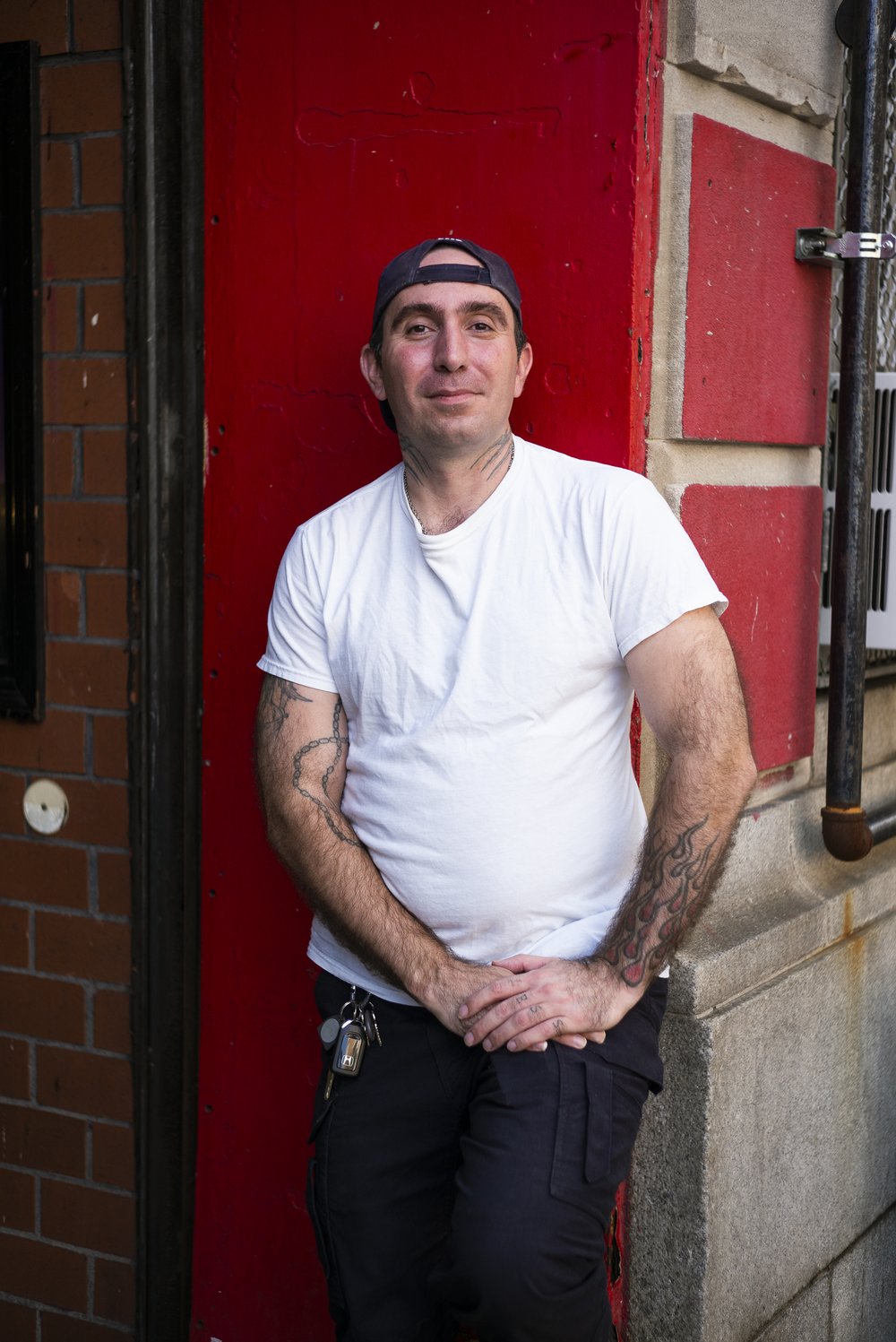
“It’s a moving number across the board, but we are always hiring,” said FDNY spokesperson Frank Dwyer. He added that, “Recruitment and retention of EMTs and paramedics is a nationwide concern and not specific only to NYC or the FDNY.”
Dwyer said the attrition rate was 8.7% for all EMS positions last fiscal year, including those who remained within the department but became firefighters. But Gothamist spoke to EMS workers and supervisors who said it feels like the city is constantly playing catch-up, leaving staff stretched too thin.
“It's just constant replacement,” said Diana Cassa, an EMS lieutenant who has been at the FDNY for nearly a decade. “It seems like we're always just continually short-staffed.”
Churn within the agency can have real consequences for New Yorkers, said Anthony Almojera, a lieutenant at a station in Brooklyn’s Sunset Park, who serves as vice president of the Uniformed EMS Officers Union.

He added that higher-ups in the FDNY have recently sought to shrink emergency response times in other ways — specifically, by monitoring the breaks employees take to go to the bathroom. Other EMS employees who spoke to Gothamist confirmed that people get monitored while taking a so-called “facilities” break because it means they’re unavailable to take a call.
Unlike firefighters, who go back to their firehouses between calls, EMS workers wait in their ambulances, which are strategically placed on street corners within their coverage area. Because of that, it can take time for an EMS worker to find a public restroom or get back to a station to use the bathroom, Almojera said.
“It’s gotten so bad that EMS chiefs have ordered officers – the lieutenants or captains – to go check on a member if they're using the bathroom, which we outright refuse to do,” Almojera said. “I am not potty police.”
Response times are longer
Understaffing may be contributing to New Yorkers with medical emergencies having to wait longer for ambulances to arrive.
It took the city’s ambulances 53 seconds longer, on average, to arrive on the scene of a life-threatening medical emergency in fiscal year 2022 than 2021, according to the Mayor’s Management Report, which was released last week.
The report attributed the increase to a rising number of these incidents, along with fewer ambulances on the road to respond to them. The number of New Yorkers making emergency calls is also back up after temporarily dipping when there were fewer people out and about mid-pandemic, the report noted.
A spokesperson for Mayor Eric Adams said the longer response times were 'likely driven, in large part, by increased traffic congestion.'
But Jonah Allon, a spokesperson for Mayor Eric Adams, said the longer response times were “likely driven, in large part, by increased traffic congestion” on city streets. He noted that Adams announced in April that he would reduce the city’s own fleet of non-emergency vehicles, which he said could help alleviate congestion.
“Public safety is a top priority for Mayor Adams — and ensuring first responders can service people efficiently and effectively is a critical part of how we keep New Yorkers safe,” Allon said.
He did not respond to a question about why the peak number of ambulances in service each day had gone down between fiscal year 2021 and 2022.
Almojera has advocated that the city build more EMS stations so people are able to go back to them to rest between calls, which he said would help boost morale.
But Dwyer, the FDNY spokesperson, said that would further slow response times. “Allowing EMS to respond from stations can add several minutes to the response,” Dwyer said.
Staffing moving in the right direction
When 911 calls surged at the height of the COVID-19 pandemic in spring 2020, New York City was at a particular disadvantage. In the years leading up to the pandemic, the FDNY was losing EMS employees faster than it was hiring them. The 4,500-person workforce dropped 9% — 400 people — from mid-2018 to December 2019, according to a report from the Independent Budget Office. Much of that attrition was due to EMS workers applying to become firefighters, according to FDNY figures.
Since then, the emergency medical services have started to rebuild.

The number of EMS personnel grew during the initial years of pandemic — reaching 4,270 by November 2021, according to a report from the state comptroller. That’s despite a 6% dip in the city’s overall municipal workforce during COVID.
A new class of EMTs is slated to graduate on Sept. 25, bringing the total EMS head count to 4,374, Dwyer said.
But EMS supervisors who spoke to Gothamist said that despite this progress, their staff are still often stretched too thin.
“We're seeing members getting mandated to cover shifts, [ambulances] not running because we don't have the staff. It’s just a vicious cycle,” said Cassa, the EMS lieutenant with a decade at the FDNY.
She said she has seen EMS workers leave to join other city agencies, such as the Department of Sanitation or the NYPD.
“It seems like pay is their main reason for leaving,” she said. But, she added, “I'm a lifer. I love the medicine and I love helping people, so leaving has never really crossed my mind.”
Still fighting for parity
It’s been a little over 25 years since the workers staffing city-run ambulances were merged into the FDNY, but pay and benefits for EMS workers — who, as a group, are far less white and male than firefighters — continue to lag behind.
The City Council has recently prioritized the issue, passing a pay parity resolution in May 2020. And after a significant pay bump last year under former Mayor Bill de Blasio, the starting salary for an EMT is now $39,386, up from $35,254. But starting pay for a firefighter is $43,904.
After five years, EMTs earn $59,534, compared with $85,292 for a firefighter with the same amount of experience.
Paramedics, who require more training, start out earning $53,891 — more than the starting salary for a firefighter – but after a few years, they fall behind, with a base salary of $75,872 after five years on the job.
Firefighters also get certain perks when it comes to benefits, such as more time off and lifelong medical coverage for themselves and their families.
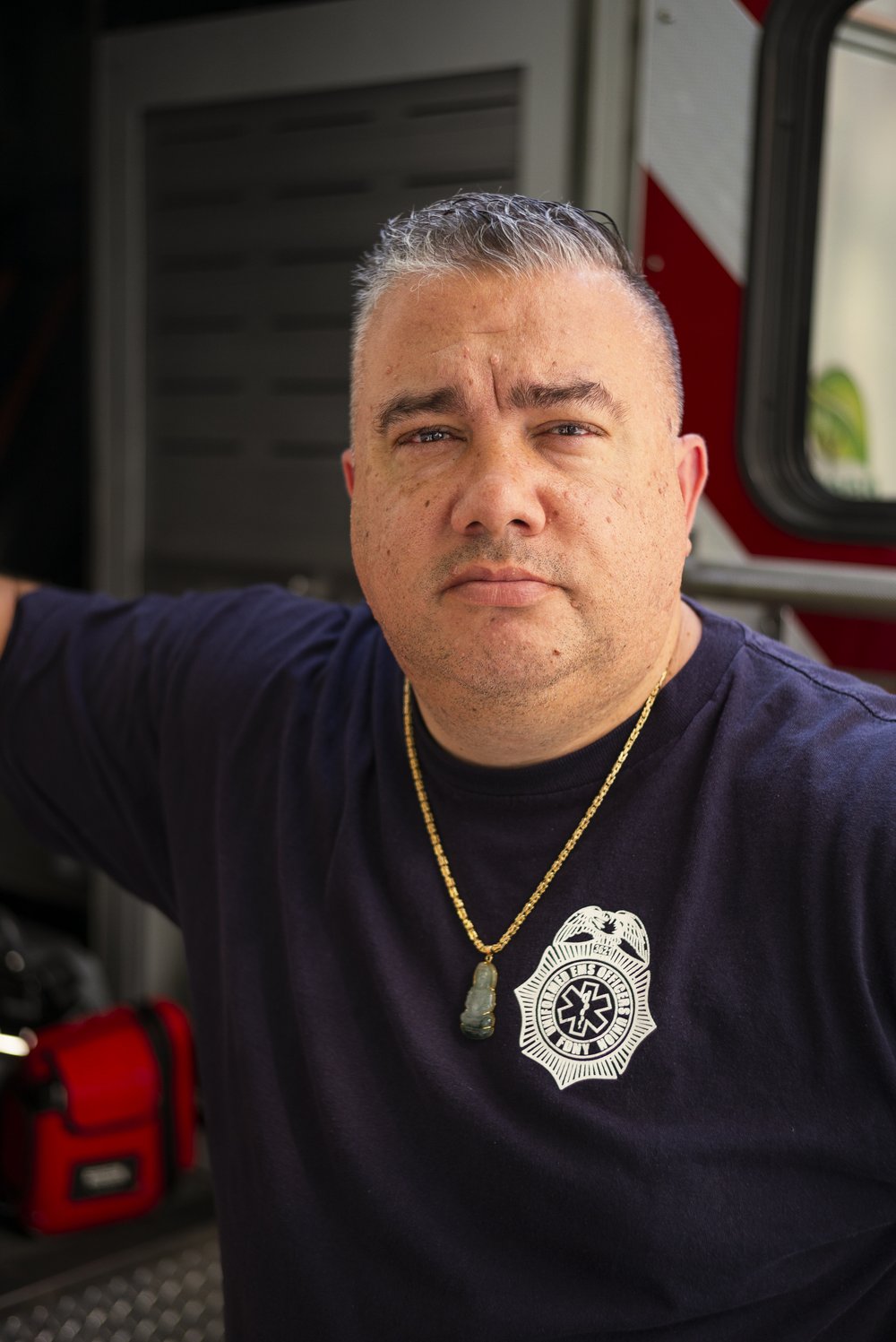
Juan Rios, who has been an EMT with the city for about 22 years, said at one point he was also working in a supermarket and driving for Uber to support his family. More recently, he said, he has opted to take on more overtime instead.
The contract the city and unions representing EMS workers agreed on last year under de Blasio came with a 4% raise across the board, in addition to retroactive salary boosts. It also came with a 6% pay increase for those who train to be part of the city’s B-HEARD program, which dispatches EMS workers and social workers to respond to some mental health crisis calls, rather than police.
Adams pledged to address the issue of parity on the campaign trail, earning him the endorsement of EMS unions.
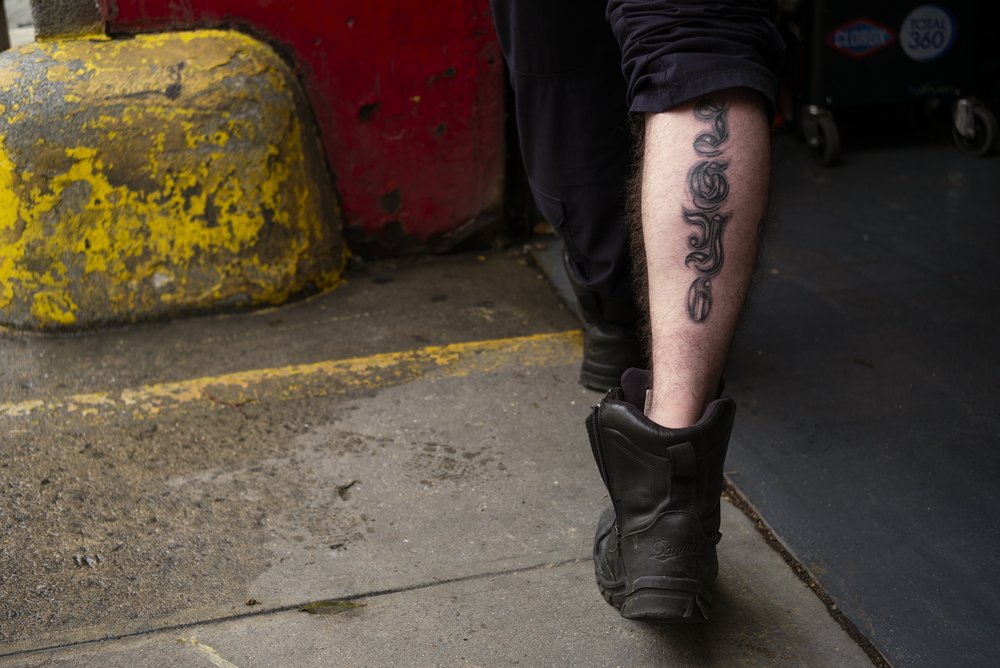
“Our EMTs, paramedics, and fire inspectors deserve our city’s thanks and respect, but for years they have been shamefully denied basic pay equity,” Adams said during his mayoral campaign. “As mayor, I will not stand for discrimination against workers, especially not the women and men who have put their lives at risk to save ours day after day.”
Oren Barzilay, president of the Uniformed EMTs, Paramedics, and Fire Inspectors Union, said he is still waiting for action from Adams.
“The mayor made us a promise that he will fix this issue,” said Barzilay. “We're nine months into his administration and we're not seeing anything done to address this.”
Adams’ office did not respond to a request for comment on the issue of parity.
Asked about her commitment to that goal at a City Council hearing in May, Acting FDNY Commissioner Laura Kavanaugh said she agreed that the current gap in pay and benefits was outdated. But she also shirked some of the responsibility for addressing it.
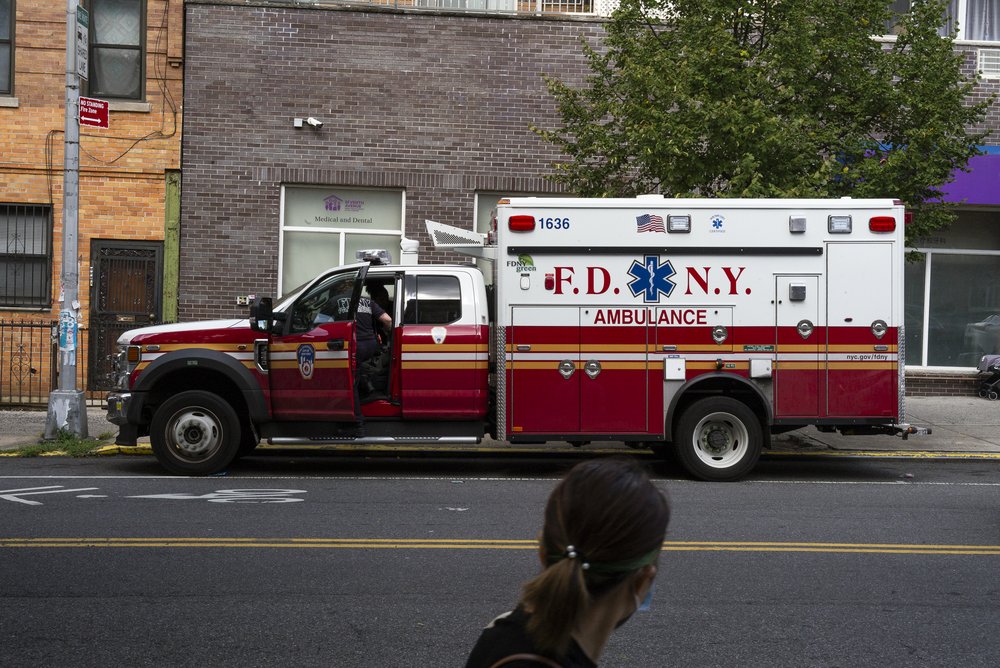
“This is a problem that none of us created,” Kavanaugh said. “EMS workers started out categorized as transportation workers many, many years ago and that fundamental inequity is what has led to this point.”
Kavanaugh said pay and benefits can only be improved through the process of collective bargaining, which can be incremental.
Rise in violent incidents and injuries force staff to quit at NYC psychiatric ward Home care workers turn to New York City Council to outlaw 24-hour shifts